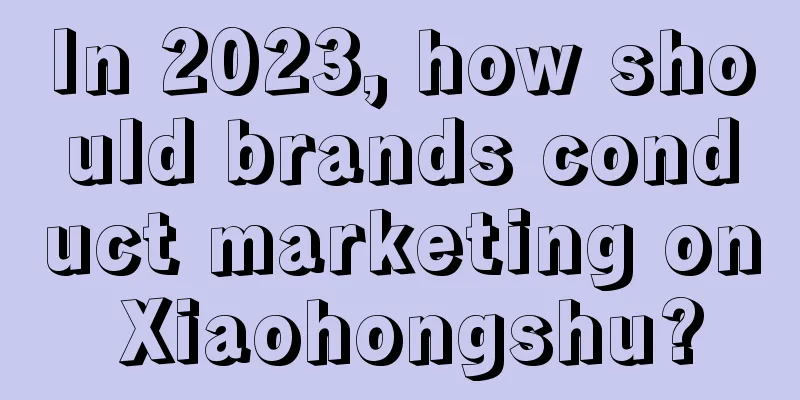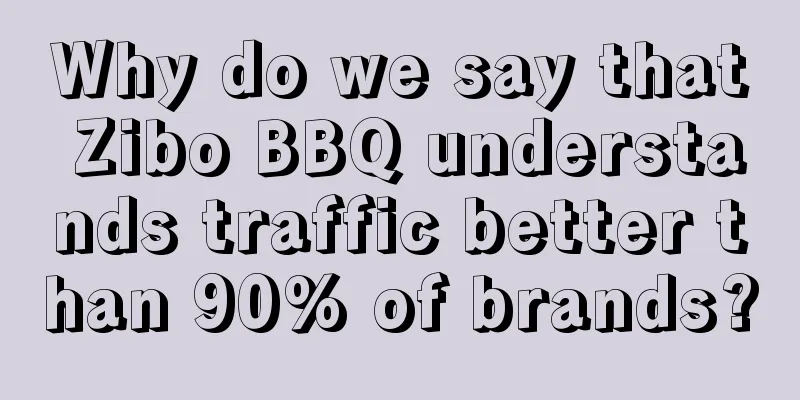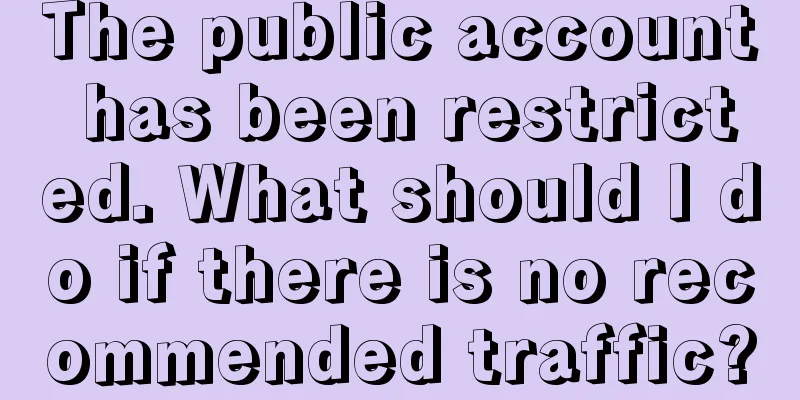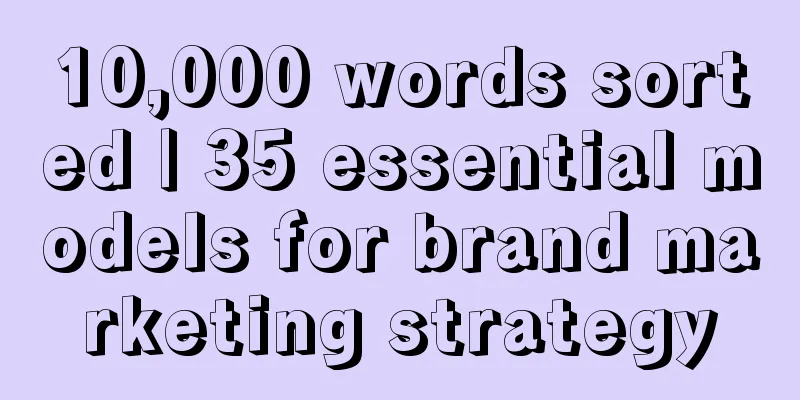Go! GPT-4 brings "five possibilities" to marketers
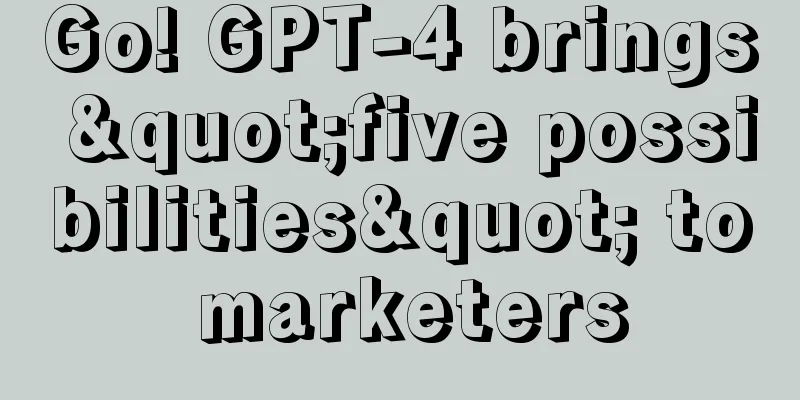
Although it had been predicted long ago, GPT-4 once again amazed everyone. In the early morning of March 15th, Beijing time, OpenAI officially launched the GPT-4 text generation AI system. From the existing reports, the upgrade of GPT-4 is reflected in the following points: GPT-4 is a multimodal model . Its input can be text or images, and its output is text. The text input limit has been increased to 25,000 characters, which greatly expands the practicality of GPT-4. GPT-4 is amazing at understanding images. GPT-4 can generate descriptions, titles, or stories based on images. It can understand "memes" and explain the jokes. Draw a sketch of a website on paper, take a picture and send it to GPT-4, and GPT-4 can quickly generate the HTML code for the website. It can understand data charts and do further calculations, process text and images in screenshots of papers, and summarize the papers. Compared to GPT-3.5, GPT-4 is more reliable, more creative, and better at handling more subtle instructions. GPT-4 is on par with humans on a variety of professional tests and academic benchmarks. It passed a mock bar exam with a score in the top 10% of candidates (GPT-3.5 scored in the bottom 10%). In addition, GPT-4 has been further optimized for language support other than English. When the ChatGPT craze swept the world, Deep Sound discussed its impact on the marketing industry in the article "New Marketing Challenges: Will Advertisers' Budget Allocation Change Because of ChatGPT?" After the upgrade, GPT-4 has stronger and richer capabilities. Combining industry opinions and related reports, we have further extended our previous judgment. The following are 5 new possibilities that GPT-4 brings to the marketing industry. 01A warmer and more personalized "private domain butler"AI will have a profound impact on customer service, and this is no longer a judgment that needs to be verified. At present, the existing intelligent customer service capabilities are already helping companies save labor costs, and GPT-4 will make this even more imaginative. Take the concept of "private domain" which has been very popular in recent years as an example. Brands and merchants in many industries are trying to achieve higher conversion and repeat purchase through private domain. Their approaches vary, either they import the traffic obtained from public domain into private domain, or they pull customers into the private domain pool through offline shopping guides, but the common point is that they all rely on private domain to undertake. So the question becomes: What kind of private domain is a good private domain? Everyone is doing private domain, how can you make your private domain more efficient? Industry insiders told Shen Xiang that one of the core of private domain is efficiency. The economic benefits of A, who is also a "private domain butler", are completely different if the butler conversion rate of B is 30% and the upper limit of member management is 500. GPT-4 can provide assistance in some key links. For example, with GPT-4, the private domain butler can become a more lifelike and professional "friend", which is obviously more friendly than a "customer service" with a logo on the head who can only answer routine questions, and can generate more interactions with users. In various ChatGPT usage tips, many users mentioned that ChatGPT can "play a role", such as a teacher who speaks in a scholarly manner, or a kind elder, so as to get more personalized answers. After this upgrade, in terms of API, GPT-4 has opened the function of "allowing modification of "system prompts", which will allow GPT-4 to show more diverse personalities, and the answers will no longer be long and bland. In addition, the combination of AI and other digital marketing tools can also enhance the brand's private domain management capabilities, thereby managing customers in a more automated and accurate manner and expanding the management radius. How to use AI and digital capabilities to upgrade "private domain" capabilities will be the focus of future thinking for brands and merchants. 02 A more efficient and intelligent AIGC pipeline Content is already a must for current marketing. Whether it is personalized homepage content, promotion operations, business matrix, private domain awakening, or after-sales service, every link requires the participation of content. In a previous article of "Shen Xiang", the industry has envisioned a possibility: to build an AIGC pipeline based on ChatGPT to improve content production efficiency and delivery efficiency. The specific operation can be: let GPT write text scripts, and other AIGC tools generate pictures, clips, dubbing, batch production, tentative delivery, and find a better solution. The AIGC factory starting with ChatGPT is "very cheap" in cost and may bring higher marketing efficiency. According to Deep Sound, some companies are trying to use the "AIGC pipeline" to improve marketing efficiency. Compared with ChatGPT, which can only input text, GPT-4's dual understanding of images and text has the potential to further improve the company's marketing efficiency. For example, GPT-4 can interpret current trends more clearly and locate key elements in trends through image and text input, which will provide more help for content planning and decision-making in marketing. The inspiration we can get from this example is that GPT-4 may reshape the existing marketing operation process. The key point is how to build a new marketing operation mechanism based on GPT-4 and how to redistribute the role and function of "people" in the new mechanism. 03 A good helper or substitute for creative workersContrary to past expectations, the impact of AI is not on repetitive manual laborers, but on creative workers who seem to require more human wisdom. In terms of performance in creative work, AI's output is becoming more and more amazing (just look at the huge controversy in the artist circle about AI painting). This brings up a new question: how should creative workers position themselves in the new technology wave? "Shen Xiang" previously communicated with a Chinese cosmetics practitioner, and she mentioned that the output of ChatGPT is about the same as that of ordinary e-commerce copywriting. Cross-border e-commerce merchants have long started using ChatGPT to improve efficiency. Imagine a merchant who launches dozens of new products a month. He needs to write a lot of titles, product descriptions, and publish related articles. These tasks require copywriters to invest a lot of energy and time, and the merchant also has to pay the corresponding labor costs. ChatGPT is equivalent to a super-efficient copywriting "external brain". It writes faster, more, and even better, especially in unfamiliar foreign language environments. ChatGPT can give more authentic expressions. This is almost a revolutionary improvement in efficiency for businesses, but basic copywriters need to find the direction of transformation as soon as possible. Of course, many practitioners also mentioned that AI cannot yet meet the industry’s demand for advanced creative work. It is more like an “assistant” to help practitioners produce better. According to a survey questionnaire conducted by BlueFocus, 76.99% of the participants believed that advertising creativity is both rational science and emotional art; 76.11% believed that current AI technology can be used to assist in generating emotional creativity. At present, people regard ChatGPT as an "assistant" in practice. For example, when creative teams are stuck in their thinking, they use ChatGPT to get inspiration and support. Whether it is a "good helper" or a "replacer" needs to be judged in combination with specific scenarios. But what is thought-provoking is that with the further upgrading of AI capabilities, the boundary separating "good helpers" and "replacers" will also move. Rather than thinking about how to stay on the side of "AI is my good helper", it is more worthy of attention to how to understand and operate technology. For platforms/brands/agents, the understanding and application of technology will become more important, and the differences in everyone's use of AI will appear like the differences in digital applications. 04Further impact on search marketingWhen ChatGPT set off a frenzy, everyone saw how nervous Google was. Search is the basic business of the Internet, and search marketing involves multiple roles such as platforms, advertisers, and agents. The core question here is: How much impact will AI have on search marketing? A pragmatic view is that ChatGPT will not replace search, but will enable companies to do better search marketing. With ChatGPT, companies can efficiently generate more diverse content that is more suitable for platform logic when doing search marketing, thereby improving marketing efficiency. However, the new capabilities demonstrated by GPT-4 provide the possibility of surpassing traditional search business. Its long text processing ability, multimodal technology, and performance in specific practical scenarios make it look more like a "disruptor" rather than a "reformer" - it can achieve what traditional search engines can, and it can also achieve what traditional search engines cannot. Gmail founder Paul Buchheit previously said that search engine results pages are where Google makes most of its revenue. Even if they catch up with AI, they won’t be able to fully deploy it without destroying the most valuable part of their business, so they will be “completely disrupted” by AI such as ChatGPT. In a previous article of "Shen Xiang", the relevant person in charge of Tezan (Tezan's views come from: Tezan co-founder Wang Zhe, Tezan CTO XD, etc.) mentioned that technically, search engines will inevitably be upgraded based on similar capabilities of ChatGPT to become more aware of user needs. The way products interact may also change, such as embedding interactive interactions on search pages, allowing users to find content based on their thoughts instead of thinking about keywords. Commercially, SEO/SEM search marketing is no longer limited to keyword weights, but has turned to scenario-based association recommendations and acquaintance recommendations (making the machine the "acquaintance" who understands you best), and the corresponding billing methods will also change. 05 Guard against new negative challenges Technology is neutral, and the results it brings will vary depending on the user. For the marketing industry, in addition to using technology to improve efficiency, it is also necessary to prepare for new industry challenges in the new technological environment. These problems cannot be solved by the investment of one party alone. With the advent of the technological wave, all parties in the marketing industry have been pushed into a completely new area, and all parties need to explore new mechanisms, rules and business ethics. Change is irreversible. The only thing that is certain is that practitioners have no choice but to keep up with the change. Source: WeChat public account "Deep Echo (ID: deep-echo)" |
Recommend
How is Amazon's new product period calculated? What are the rules for the new product period?
Amazon is actually the same as other platforms. It...
What is the root cause of the obstacles to action?
The article summarizes two ways of thinking: defen...
This Double Eleven, few businesses seem to be looking forward to it
The enthusiasm of merchants for the Double 11 Shop...
What is the difference between Amazon China and Amazon? How does Amazon do it?
As a multinational giant, Amazon has established a...
Bilibili has started live streaming to sell goods. Is profitability far away in the future?
Netizens are joking that the end of traffic is to ...
AI is the first to liberate the productivity of emotional consultation
In the general concept, the difference between hum...
Do I need to pay for the Shopee no-source scam? Where can I find the source of goods?
Shopee is a business model that conducts trade at ...
A live broadcast watched by millions of people allowed China Eastern Airlines to create more connections “across the air”
Airlines also broadcast live? This is a feast for ...
Two masters of Internet marketing: What is the difference between Zhou Hongyi and Lei Jun in creating personal IP?
The author of this article compares the marketing ...
How to plan a marketing campaign that combines “brand value and business value”?
Create IP-based marketing activities to solve the ...
9 ways to make money by selling clothes on Douyin
If you want to start your own clothing sales busin...
Will advertisers’ marketing budgets continue to decline in 2024?
In the past two years, the global advertising mark...
Can I get a product back after it’s deleted by Amazon? Detailed answer
Some Amazon merchants accidentally delete products...
Cultural Positioning - New Brand Marketing
How should new brands position themselves cultural...
Can I use Bank of China to pay for items purchased on Amazon Japan? How can I pay?
Amazon Japan now has a direct mail service to Chin...

